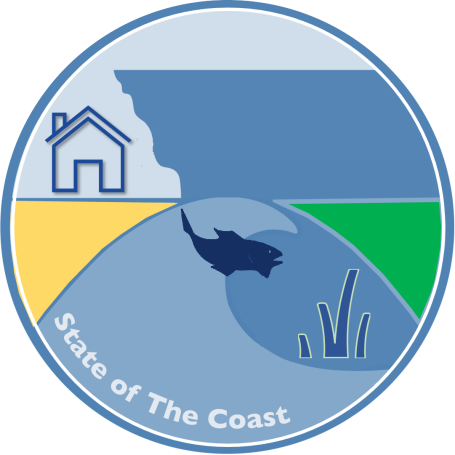Thornback Ray (Raja clavata)
Key Findings
Thornback ray (Fig. 1) is one of the most abundant species around Scotland, found more commonly on the West and North coasts than the East (Scottish Government, 2011). In terms of global abundance, they are found across a wide range of latitudes (Fig. 2), from the northmost point of Norway to the Southernmost point of Africa (IUCN, 2016). They are a coastal species, often found in estuary and bay habitats, such as the Thames Estuary and the Bristol Channel (IUCN, 2016; OSPAR, 2021). While referred to commonly as a ray, this species is actually a member of the skate family.
The species remains a target for both commercial and recreational fishing (Shark Trusts, 2020), likely contributing to their IUCN (2016) 'near threatened' global status. OSPAR however finds thornback rays to have either stable or increasing population numbers within various Northeast Atlantic zones, suggesting the Scottish populations are recovering (OSPAR, 2021). This reasonably healthy population perhaps results from thornbacks' faster reproductive cycle than is typical for elasmobranchs, reaching maturity at ~7 years and laying ~100 eggs annually (OSPAR, 2021).

Figure 1: (IUCN, 2016) Thornback Ray Global Range

Figure 2: (P. Sterry) Thornback Ray
Notes
Linked Information Sheets
Key sources of Information
Reviewed on/by
Status
Live. Next update due 22/11/25
To report errors, highlight new data, or discuss alternative interpretations, please complete the form below and we will aim to respond to you within 28 days
Contact us
Telephone: 07971149117
E-mail: ian.hay@stateofthecoast.scot
